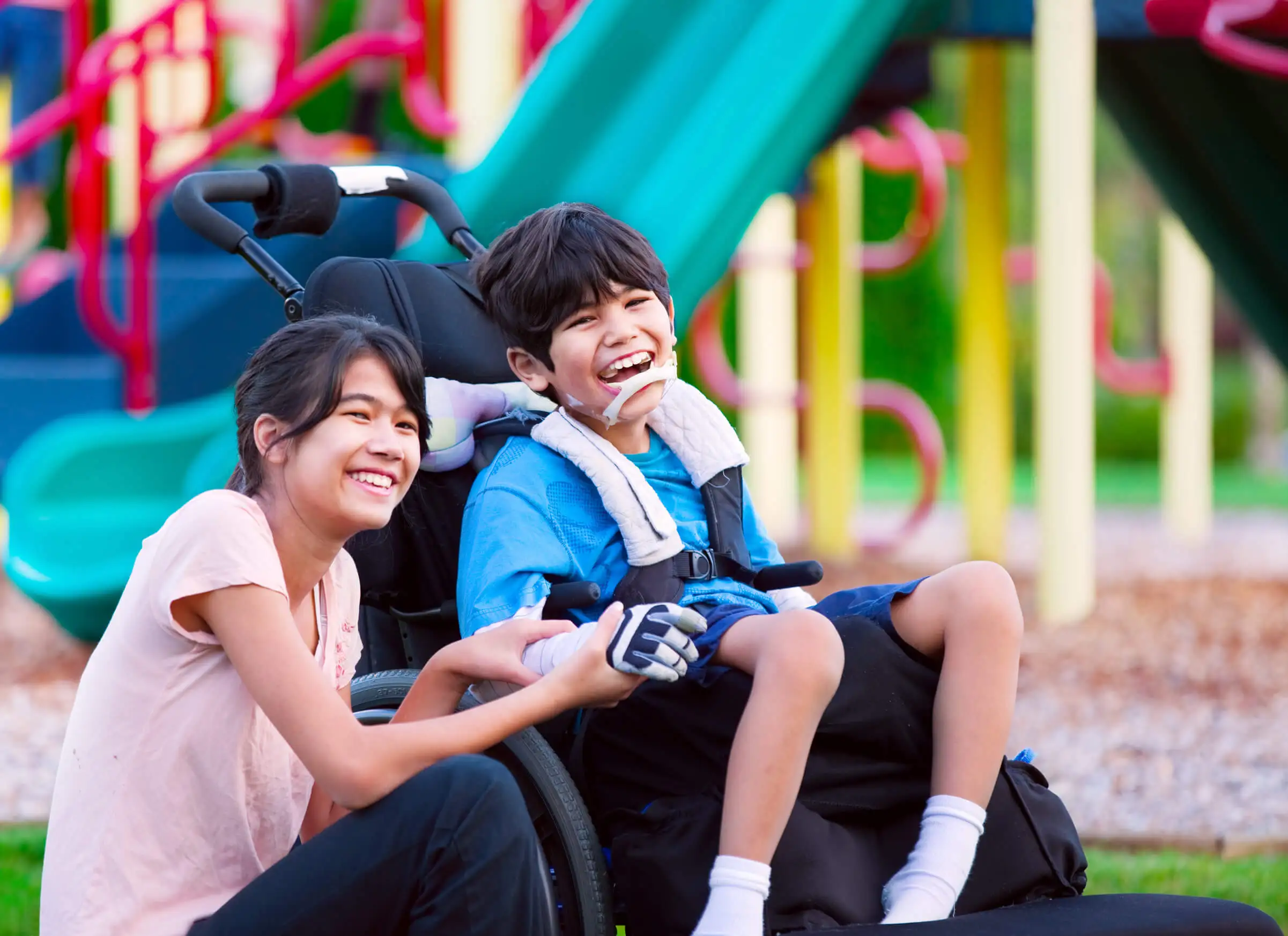World Cerebral Palsy Day


Written and verified by the doctor Leonardo Biolatto
World Cerebral Palsy Day takes place every year on October 6th. The objectives of the day in the last 3 years have been the following:
- 2020: “A better future”: Considering the difficulties of the COVID-19 pandemic, the organization highlighted the fact that families had serious economic problems to face the treatments of patients with cerebral palsy.
- 2021: “168 hours”: This number refers to the hours per week that a patient needs special care to carry out daily activities.
- 2022: “I decide”: Last year’s slogan focused on the rights of patients who, despite their pathology, must be able to decide about their life, treatment, and care.
What is cerebral palsy?
World Cerebral Palsy Day reminds us that we aren’t dealing with a single clinical condition. In fact, this term includes different disorders that affect complex neuronal functions.
The problem always lies in the motor cortex of the brain. This is the region that manages the muscles. Hence there’s a paralysis, an inability to mobilize certain regions of the anatomy.
The types of cerebral palsy are as follows:
- Ataxic: The main problem of these patients is balance.
- Spastic: This is the variant that presents an increase in muscle tone, so that they become rigid and limit the patient’s movements.
- Dyskinetic: This is a form focused on the upper and lower limbs, with almost no involvement of the trunk.
- Mixed: These are patients who have a combination of some of the above symptoms and don’t fulfill the full description to be categorized in the ataxic, spastic, or dyskinetic forms.

Causes
The causes of cerebral palsy usually go back to the time of gestation or childhood. Infantile cerebral palsy is almost always present, as early onset is more common.
Children who suffer from meningitis or encephalitis in the early years are at risk. These infections are capable of permanently damaging the cerebral cortex, leaving sequelae in the form of a lack of balance and coordination.
Injuries or traumatic brain injuries are also to blame for the disorder. A car accident, an unfortunate fall, or children suffering child abuse are risk factors and situations.
Finally, we must mention irrigation failures. When the brain doesn’t receive an adequate amount of blood for a prolonged period of time, neurons die and don’t regenerate. This is the case of cerebrovascular accidents (CVAs) or congenital cardiac pathologies that some children are born with.
Read more about the: Characteristics of Congenital Heart Disease
Diagnosis and treatment
Diagnosis begins with suspicion. If you notice that a child isn’t evolving as he/she should and isn’t developing according to the parameters of his/her age, a consultation can be made.
If there is a history of a brain infection, a stroke, or a problem at the time of pregnancy, the pediatrician will have more elements to access the diagnosis. Sometimes, laboratory tests or genetic panels provide definitive information. Other times, only muscle tone and reflex tests are used.
One of the objectives of World Cerebral Palsy Day is to make the characteristics of the disease known in order to facilitate suspicion. The earlier it’s detected, the better the care will be.
We must understand that there’s no cure or total treatment. What is sought is comfort and the best quality of life for patients.
The approach involves various specialties, from physiatrists to occupational therapists, from dentists to psychologists. It isn’t a simple task. The participation of family members and caregivers is essential.
You may be interested in: 5 Simple Habits to Regenerate Neurons (Neurogenesis)
Patients’ rights on World Cerebral Palsy Day
It’s estimated that, out of every 1000 live births, 2 suffer from cerebral palsy.
Among them, half are intellectually disabled and 25% suffer from epilepsy. In this context, the rights of patients with the disorder are often violated, as there’s a tendency to assume that others should decide for them.
The World Cerebral Palsy Day slogan in 2022, “I decide”, aims to reverse this reality. Patients are subjects of rights and must have access to the decision-making processes that involve them.
The Spanish Cerebral Palsy association, ASPACE, found that more than 75% of people with the disorder feel discriminated against. In turn, almost half of the patients recognize that they don’t have a complete knowledge of their rights. Therefore, they’re limited in asserting their rights.

How can I contribute?
The rights of minority groups aren’t the exclusive responsibility of these groups. On the contrary, it’s society as a whole that must put in place protection mechanisms.
World Cerebral Palsy Day allows you to participate through your social networks, to promote visibility. You can also share with your friends or colleagues a note on the subject.
Organizations in each country have ways to donate funds or collaborate in volunteering. There are different ways to participate and every act counts, even if it seems small.
All cited sources were thoroughly reviewed by our team to ensure their quality, reliability, currency, and validity. The bibliography of this article was considered reliable and of academic or scientific accuracy.
- Sadowska, Małgorzata, Beata Sarecka-Hujar, and Ilona Kopyta. “Cerebral palsy: Current opinions on definition, epidemiology, risk factors, classification and treatment options.” Neuropsychiatric disease and treatment 16 (2020): 1505.
- te Velde, Anna, et al. “Early diagnosis and classification of cerebral palsy: an historical perspective and barriers to an early diagnosis.” Journal of Clinical Medicine 8.10 (2019): 1599.
- Hallman-Cooper, Jamika L., and Franklyn Rocha Cabrero. “Cerebral palsy.” StatPearls [Internet] (2022).
- Fahey, Michael C., et al. “The genetic basis of cerebral palsy.” Developmental Medicine & Child Neurology 59.5 (2017): 462-469.
- Blair, Eve, Christine Cans, and Elodier Sellier. “Epidemiology of the cerebral palsies.” Cerebral palsy (2018): 19-28.
- Lewis, Sara A., et al. “Insights from genetic studies of cerebral palsy.” Frontiers in Neurology 11 (2021): 625428.
- Jahan, Israt, et al. “Epidemiology of cerebral palsy in low‐and middle‐income countries: preliminary findings from an international multi‐centre cerebral palsy register.” Developmental Medicine & Child Neurology 63.11 (2021): 1327-1336.
This text is provided for informational purposes only and does not replace consultation with a professional. If in doubt, consult your specialist.








